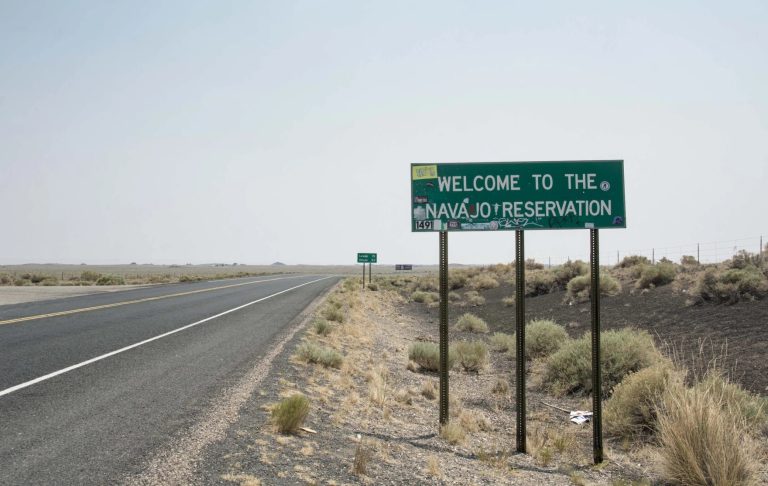Podcast: Play in new window | Download | Embed
$8m for fiber broadband expansion in Navajo, Apache counties
Arctic Encounter panelist really can see Russia from her house
News For All Americans

Podcast: Play in new window | Download | Embed
$8m for fiber broadband expansion in Navajo, Apache counties
Arctic Encounter panelist really can see Russia from her house

Podcast: Play in new window | Download | Embed
Health, housing, global power balance top Arctic Encounter agenda
Northern Cheyenne Food Pantry plans permanent HQ in Lame Deer

Podcast: Play in new window | Download | Embed
Gila River Indian Community fires police chief without explanation
Hundreds gather in Anchorage for Arctic Encounter Symposium
On this day in 1763, Chief Pontiac attacked the British at Fort Detroit

Podcast: Play in new window | Download | Embed
Alaska Native mothers raise concerns at Arctic Encounter meeting
FEMA, DHS lead emergency and disaster prep panel at Arctic Encounter
NNBSHC to conduct interviews this week as part of formal process
Land near sacred Bear Butte bought by Cheyenne River Youth Project

Podcast: Play in new window | Download | Embed
Regional policies debated at Arctic Encounter Symposium in AK
Sugarbush educator keeps teaching during untapped season in MI

Podcast: Play in new window | Download | Embed
Former Honor The Earth employee awarded $750k by MN jury
Youth leaders from Alaska, Canada, and Greenland lay out priorities
Singer Jully Black honored for changing CA anthem before NBA game